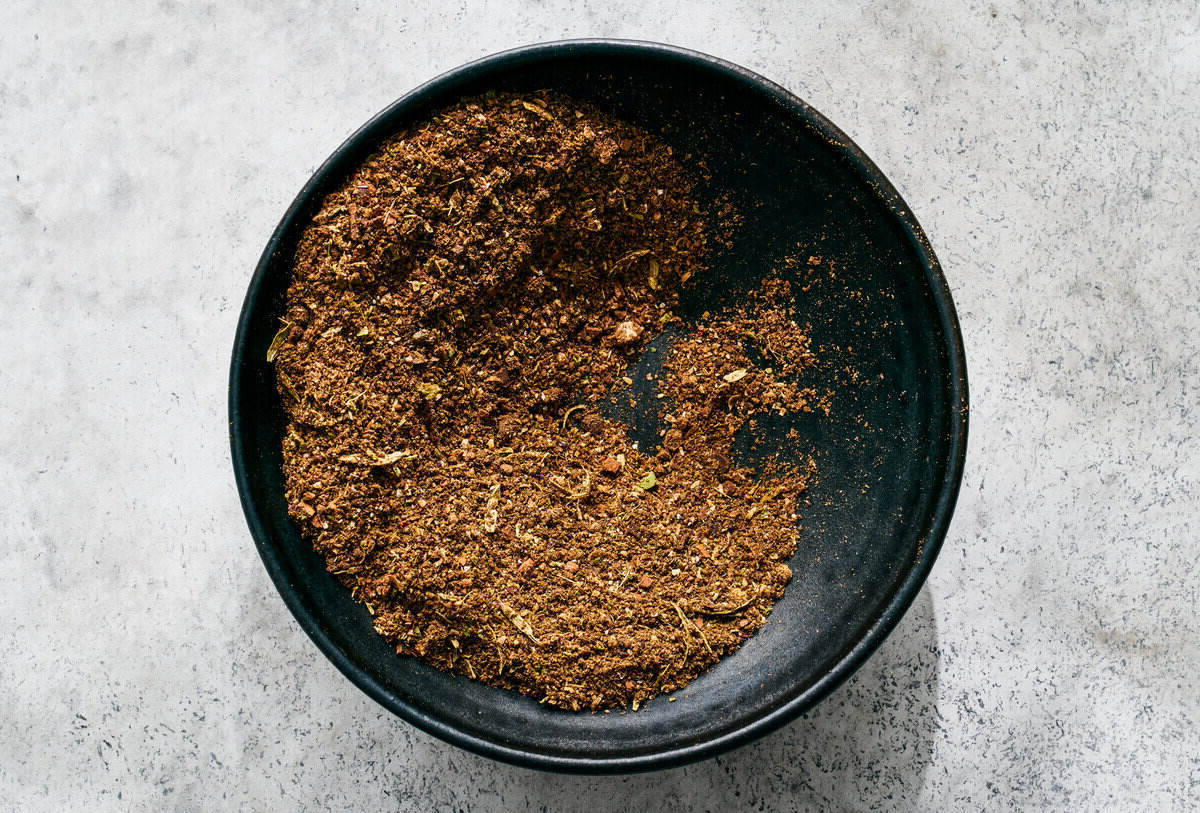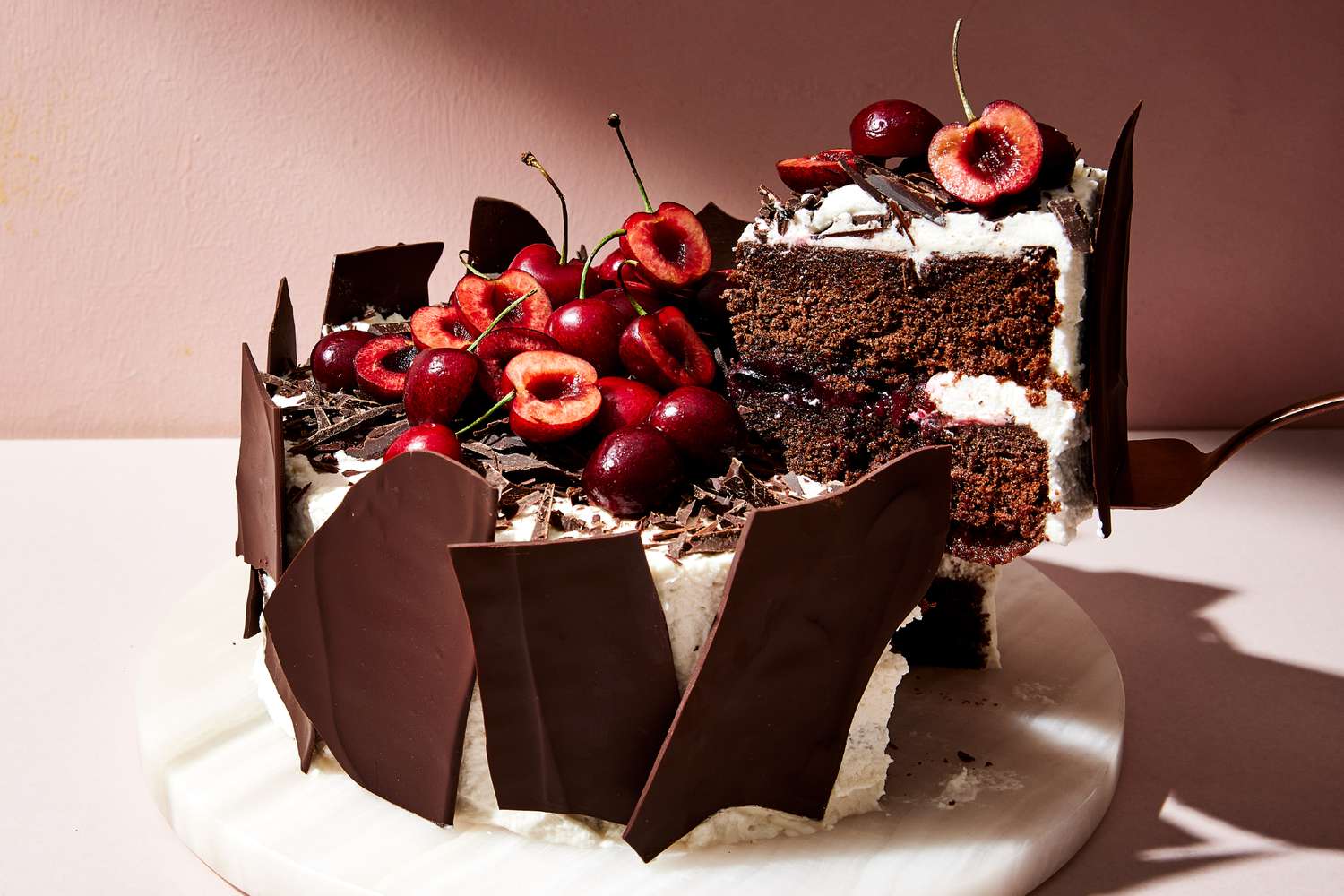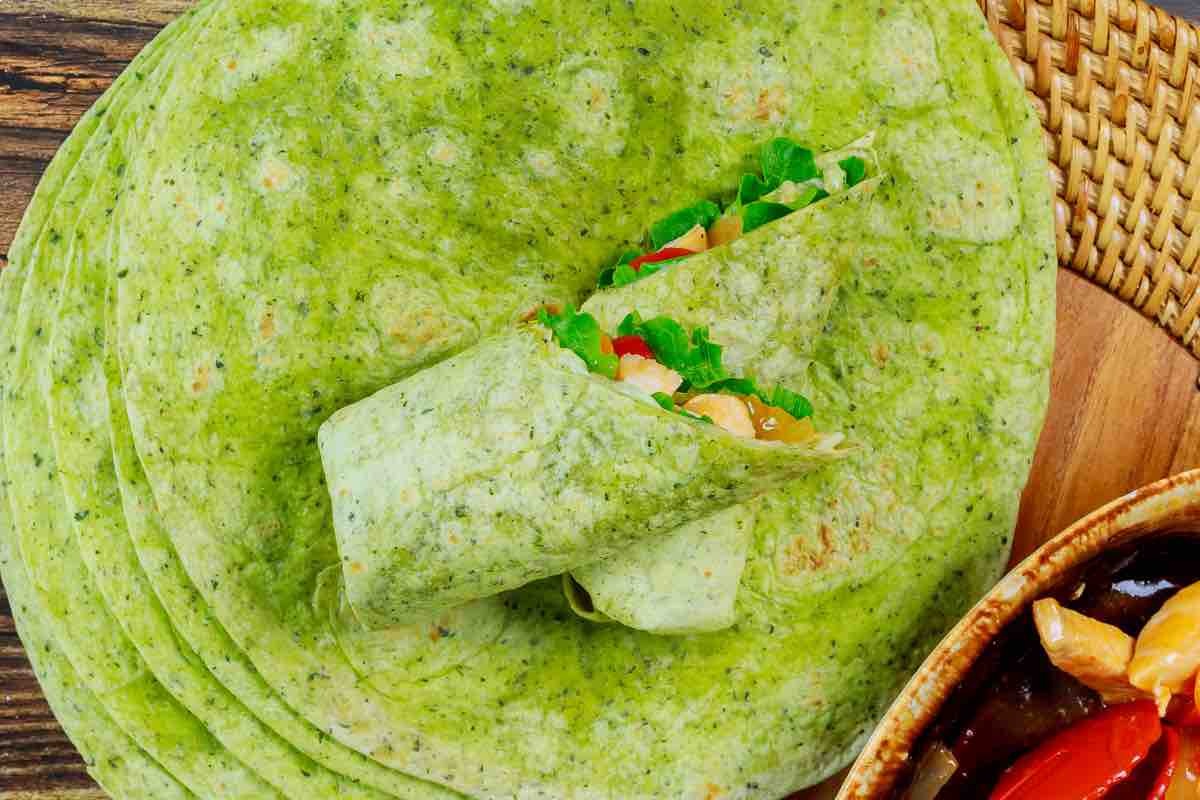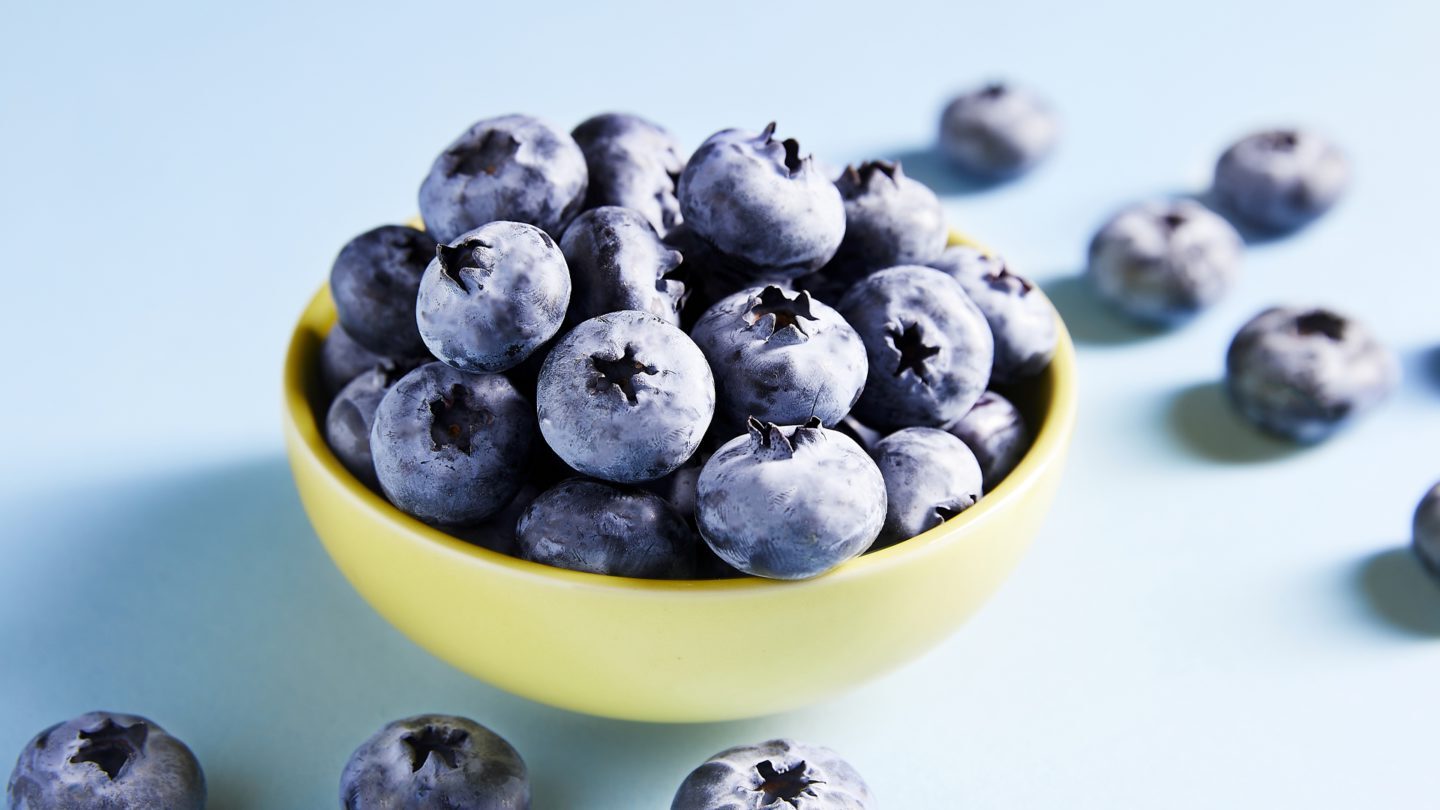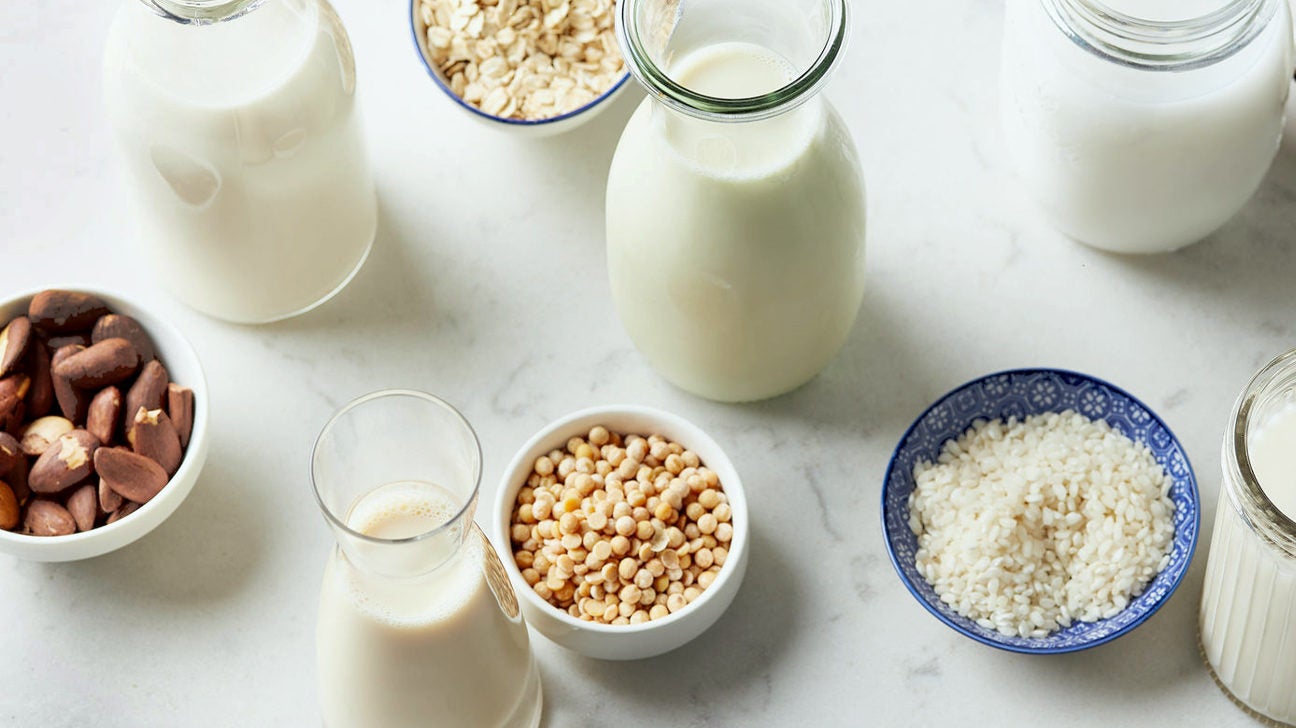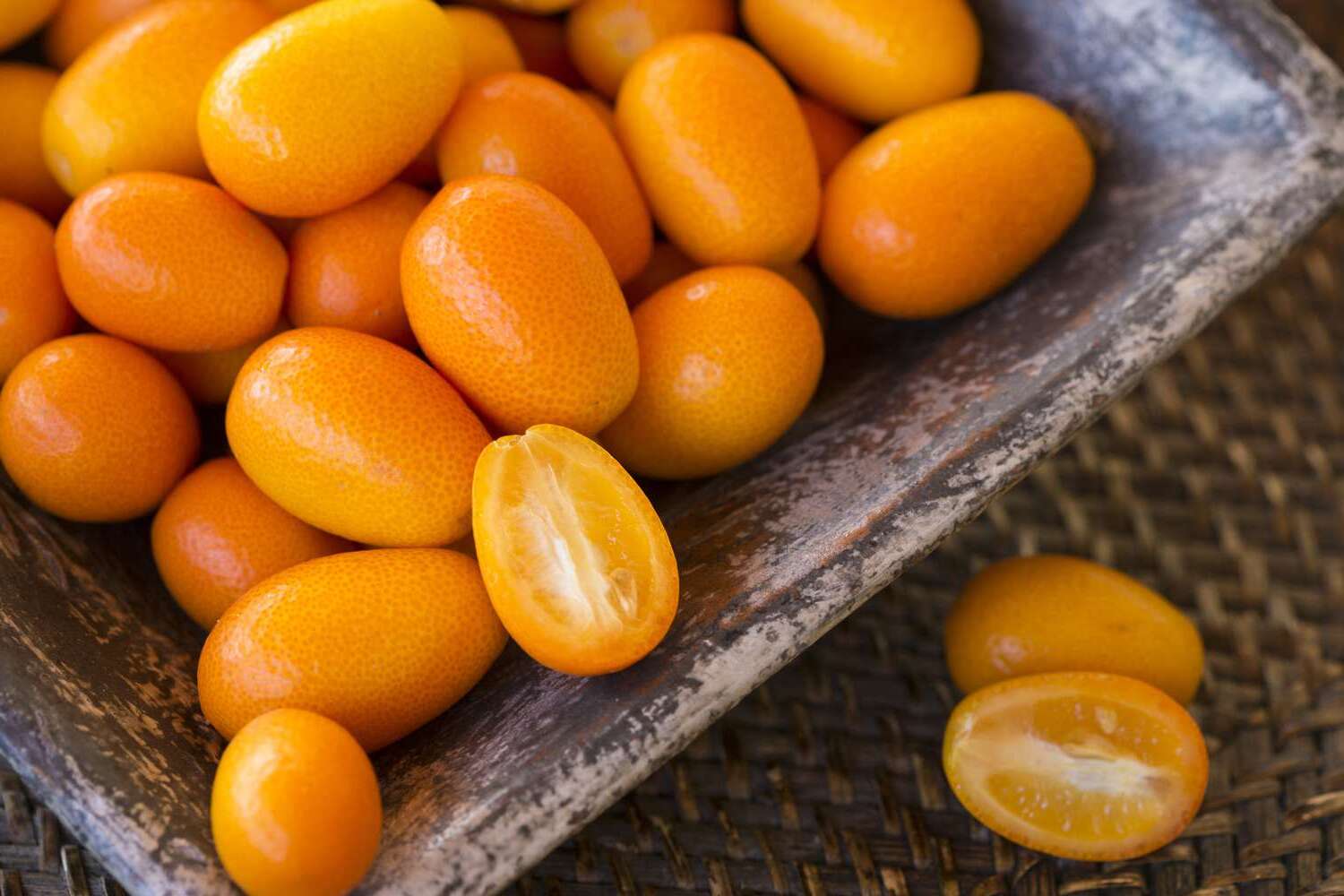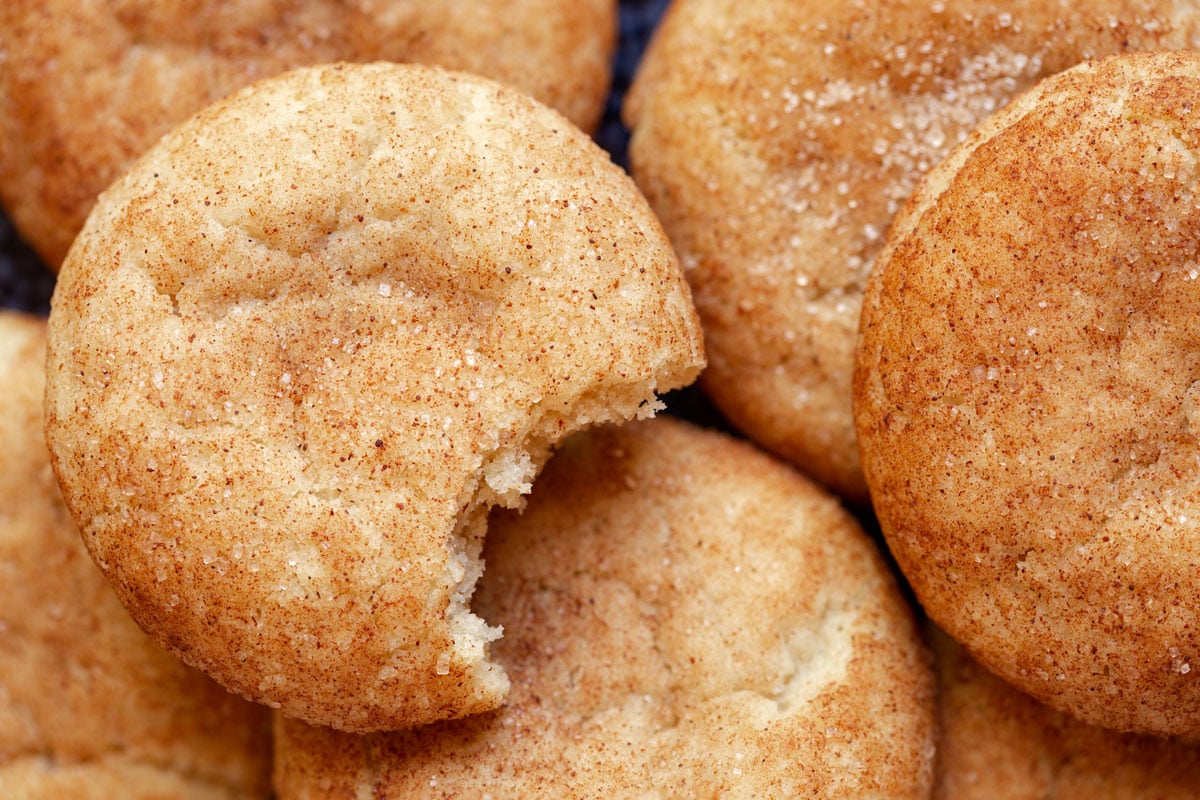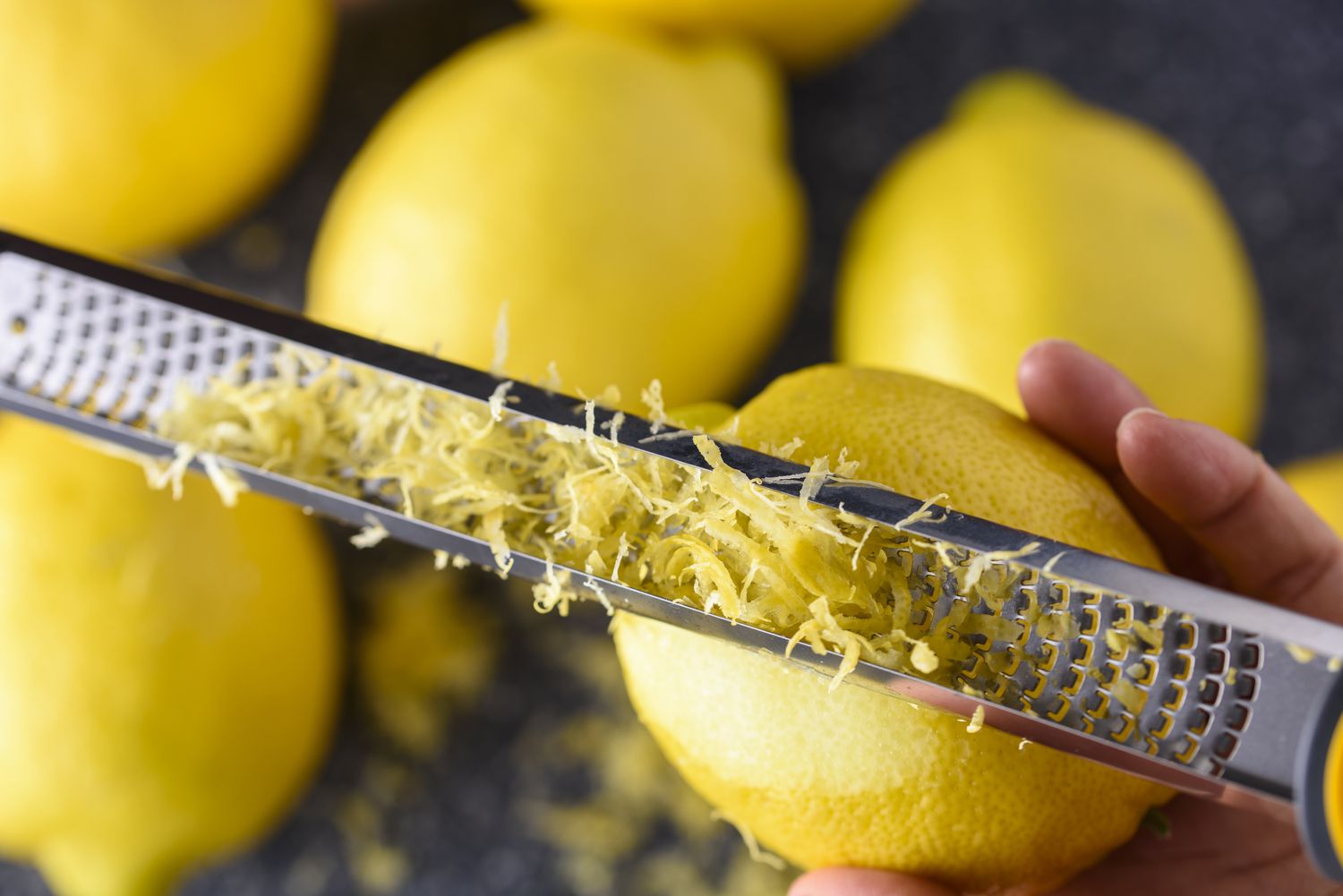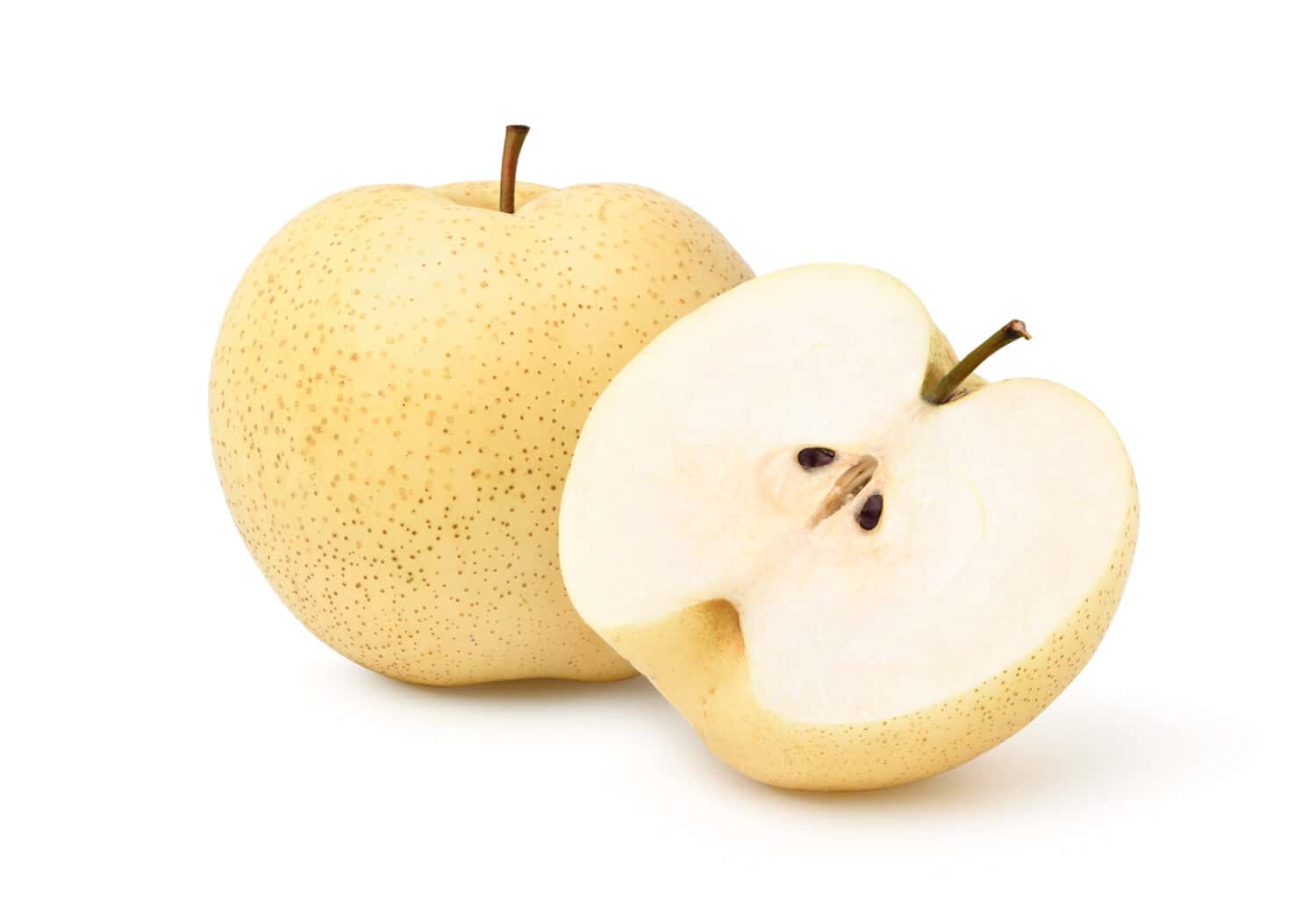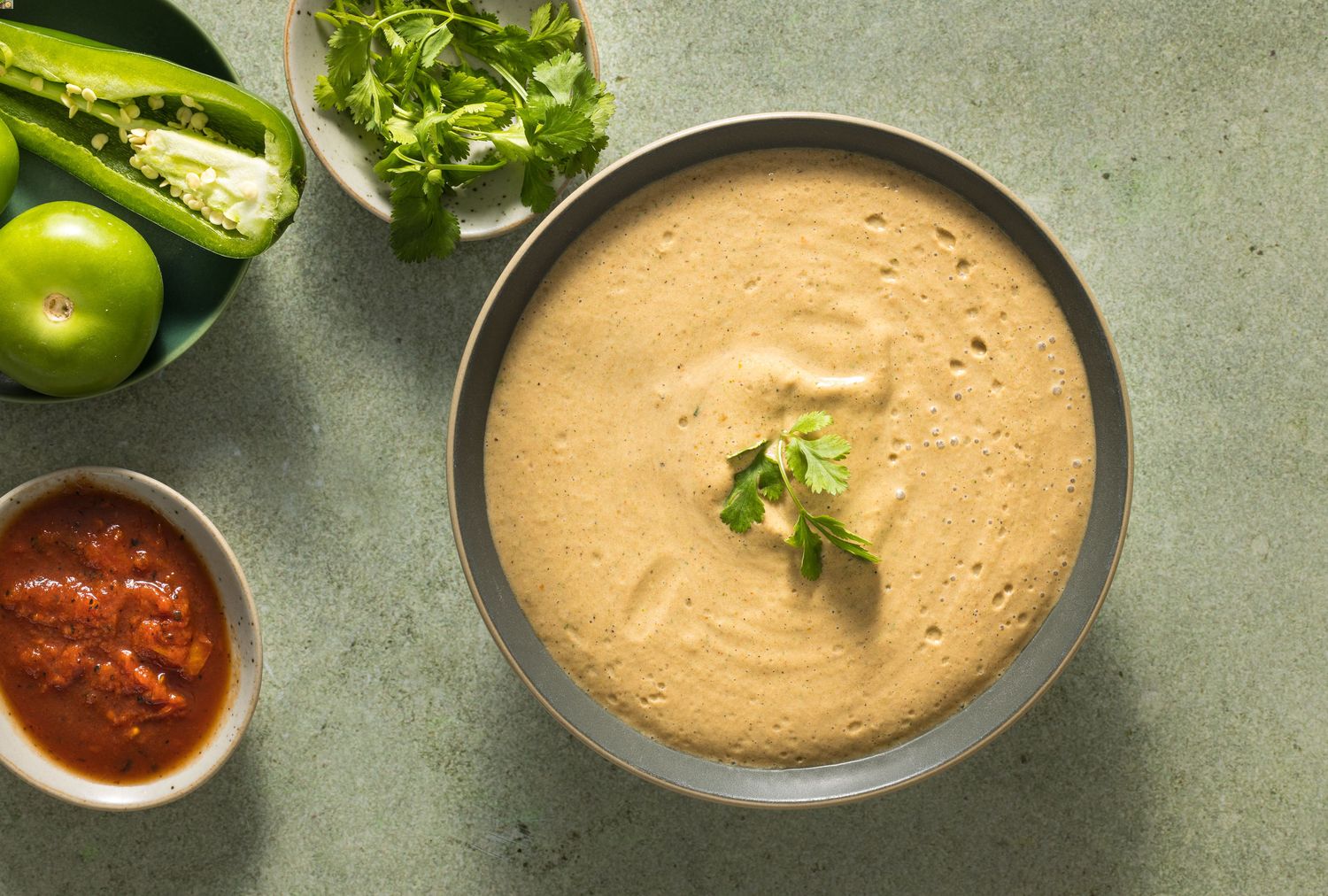Understanding Vegetable Shortening
Vegetable shortening is a solid fat made from vegetable oils, such as soybean or cottonseed oil. It is commonly used in baking and cooking to create tender and flaky textures in pastries, pie crusts, and other baked goods. Vegetable shortening is a versatile ingredient that has been a staple in kitchens for many years.
Composition of Vegetable Shortening
Vegetable shortening is made through a process called hydrogenation, which involves adding hydrogen to vegetable oil to turn it from a liquid into a solid form. This process increases the shelf life of the oil and gives it a smooth, creamy texture. The most common type of vegetable shortening is made from partially hydrogenated soybean oil.
Uses of Vegetable Shortening
Vegetable shortening is a popular choice for baking due to its ability to create flaky and tender textures in pastries and pie crusts. It is also used in frosting and icing recipes to add richness and stability. In addition to baking, vegetable shortening can be used for frying and greasing pans to prevent sticking.
Benefits of Vegetable Shortening
One of the main benefits of vegetable shortening is its ability to withstand high temperatures without burning, making it ideal for frying and sautéing. It also has a neutral flavor, allowing the other ingredients in a recipe to shine. Additionally, vegetable shortening has a longer shelf life compared to butter, making it a convenient pantry staple.
Substituting Vegetable Shortening
If you’re looking to substitute vegetable shortening in a recipe, there are a few alternatives to consider. Butter or margarine can be used in place of vegetable shortening, though the texture and flavor of the final product may be slightly different. Coconut oil is another option for those seeking a plant-based alternative to vegetable shortening.
Conclusion
Vegetable shortening is a versatile and useful ingredient in baking and cooking. Its ability to create flaky textures in pastries and withstand high temperatures makes it a valuable addition to any kitchen. Whether you’re making pie crusts, cookies, or frying up some delicious treats, vegetable shortening can be a reliable choice for achieving the perfect results.
So, the next time you reach for that tub of vegetable shortening, remember its unique properties and the role it plays in creating delectable dishes.
Was this page helpful?
Read Next: What Is The Sausage Casing Size Chart?
